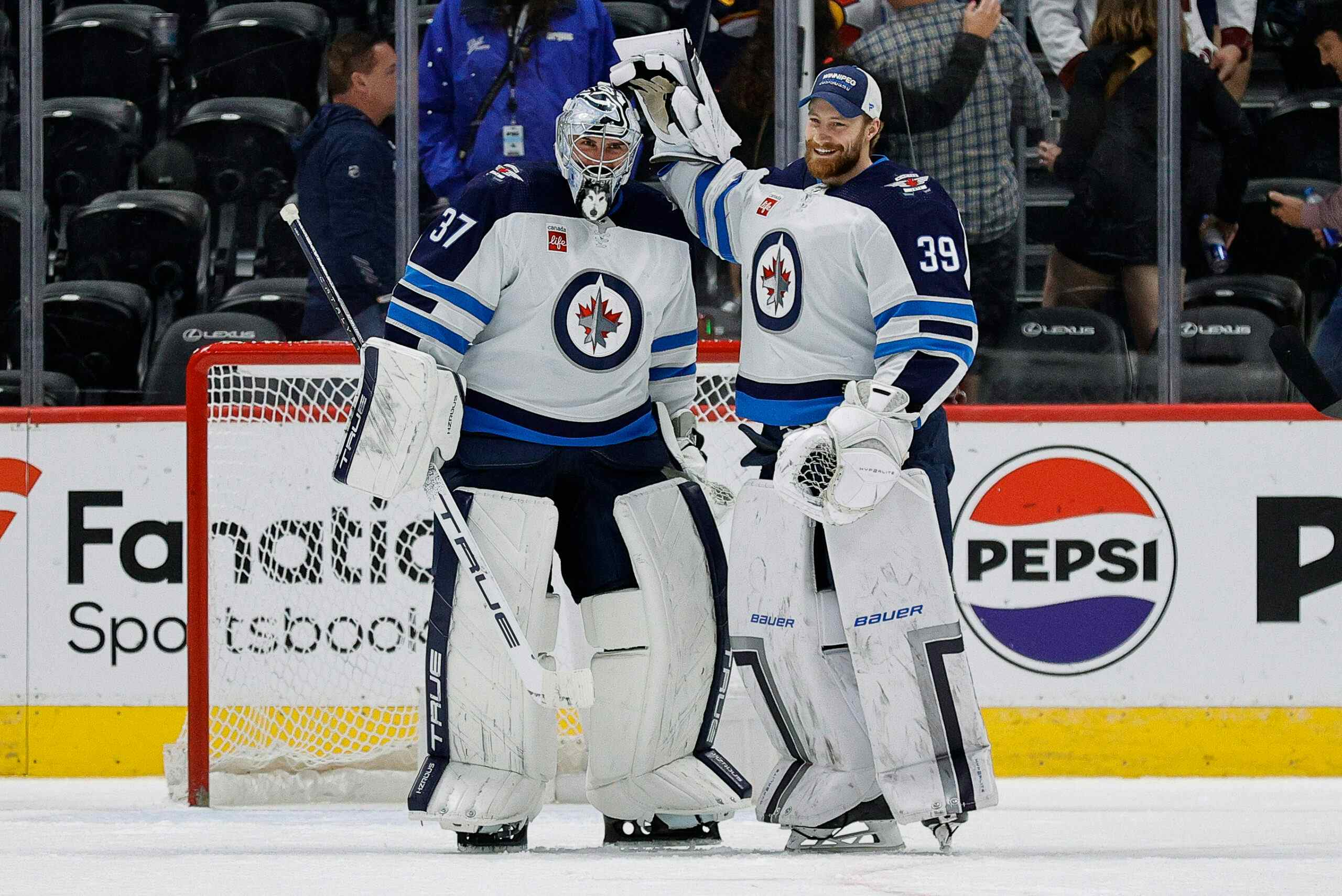Aggregating Draft Rankings
By Garret Hohl
9 years agoScouting is based off of subjective inferences, which can create individual biases inherent within each ranking.
This is why I sometimes like to make aggregate lists, which combine multiple different rankings. It’s not necessarily that I view this to be superior, although it is possible. It’s just for fun and to get a look at some trends.
Aggregate Ranking
I combined the most recent top 30 rankings for ISS, Future Considerations, TSN, Hockey Prospect, McKeen, and Corey Pronam (ESPN). The sources were given equal rankings, as this is simply for interest’s sake. Also, I separated the forwards from defense, for reasons you will see later.


Adding NHLEs
When you really think about it, NHLEs is a scout ranking too. It’s a scout that just uses scoring as the only attribute it looks for. It is imperfect, just like all things, but it is not too bad either. As the on going Sham Sharron project has shown, it actually does a pretty good job at predicting players relative to scouting services and teams histories. It does have its weaknesses, especially in European leagues where I still want to make some major adjustments.
In this ranking, I added NHLEs simply as if it were an eighth scouting service. I predominately use the NHLE numbers provided by Rob Vollman in his Hockey Abstract book, although there are some minor adjustments I have made (and am still in process of tweaking).


There’s not much in major movement, as expected since NHLEs only carry one eighth of the possible scouts Lawson Crouse and Pavel Zach, two highly ranked with lower NHLEs don’t even move.
The only changes of more than three positions were Daniel Sprong, Thomas Novak, Anthony Beauvillier, and Erik Cernak. Mostly these players featured large changes, as they were only ranked by one or a few services. The fewer services, the larger weighting the NHLEs have in this method.
Weighted NHLE Aggregation
I wanted to increase the average impact of NHLEs and also make the weighting equal between all potential draftees. This version we have given NHLEs twice the weighting as the aggregate of the scouting services.


We get some interesting results. Lawson Crousse falls quite a bit, as does Mikko Rantanen and Colin White. The biggest jump forward was Anthony Beauvillier, an elite-scoring but small forward.
Do not take these rankings the wrong way. They are not designed to be predictive or superior. I wouldn’t sell some method like this to scouting firms or scout from this.
However, I wouldn’t be surprised if it performed better than scouting rankings, as history has shown that scouts typically undervalue scoring.
The 2:1 ratio was completely arbitrary. NHLEs also underrate young players in secondary roles over at European men’s leagues. The rankings could be better with more meaningful weightings for each service and the NHLEs.
Interesting nonetheless for fans of the draft to look at players and see certain trends.
Recent articles from Garret Hohl





